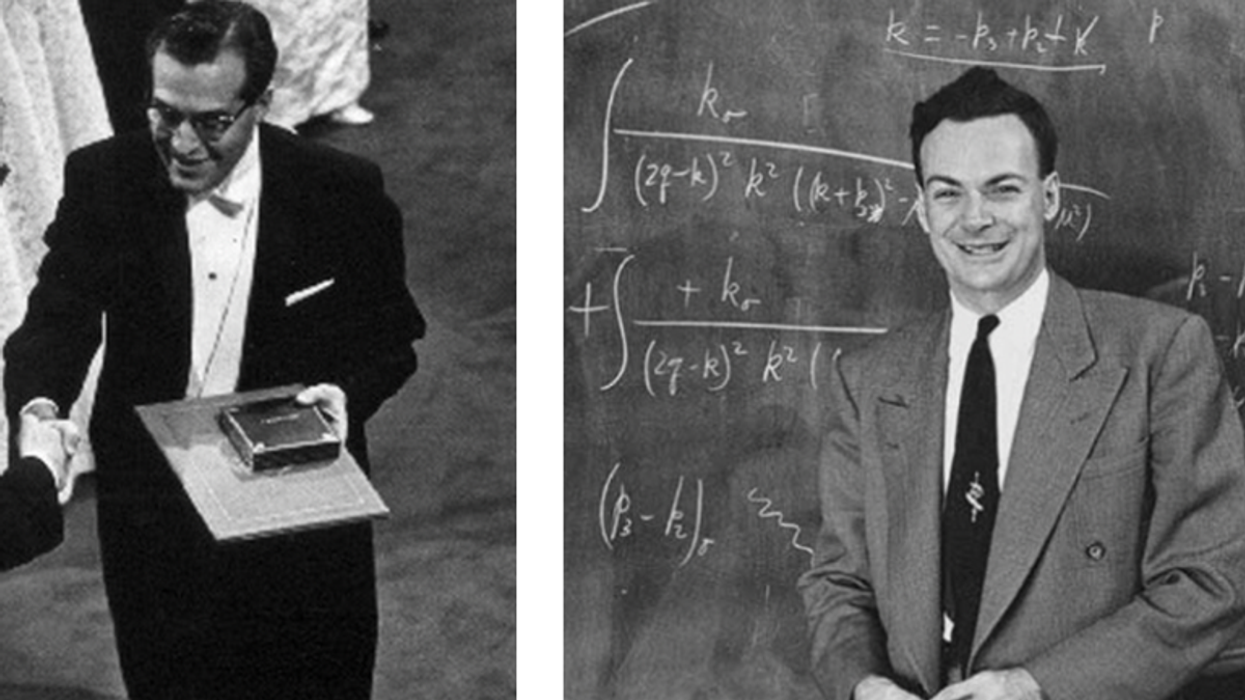James Merrihue takes me through a pair of gray double doors from the sleek halls of New York University’s Stern School of Business, and immediately it’s warmer. Most students probably walk by these doors every day without considering what’s behind them. But when I follow Merrihue through a series of doors and hallways and down a flight of stairs, we reach a cavernous, steaming hot room, the length of a city block, where a system of turbines, generators, heat exchangers, and chillers provides electricity, heat, and hot and cold water for dozens of campus buildings.
This system lives just below ground, a block off Washington Square Park, underneath a pleasant walkway spotted with local grasses and benches. If you sit and listen quietly, you can hear the noise of the turbines spinning at 13,000 revolutions per minute below. Once, the university created energy in this spot by burning oil. In that plant, you could smell the diesel exhaust fumes, Merrihue, the plant manager, tells me. But this new plant, which opened in 2011, starts by burning natural gas, which produces less air pollution and fewer greenhouse gas emissions. After that fuel produces electricity, the plant takes the leftover energy and uses it over and over again. "That's what gets us the efficiency”—almost 90 percent, says Merrihue. The hot exhaust from two gas-fired turbines fuels a steam turbine, which produces additional electricity. The leftover steam travels to a hot water heat exchanger and then to a chiller, where the last bit of energy is used to cool a 2400-gallon tank of water down to 45 degrees.
Power plants like this one, which eke every drop of work they can out of their fuel, are called cogeneration or combined heat-and-power plants. The technology isn’t new: Thomas Edison first used it commercially in 1882, at the Pearl Station, where heat from electricity generation went to warm nearby buildings. But it has been underused. In 2008, the Department of Energy called cogeneration “one of the most promising options in the US energy efficiency portfolio” and estimated [PDF] that if these plants accounted for 20 percent of the country’s electricity capacity, they would keep as much carbon dioxide out of the atmosphere as taking 154 million cars off the road would.
Across the country, cogeneration plants already produce more than 81,000 MW of power, almost doubled the amount of wind power capacity installed. Most of that power goes towards industrial production: those at paper, chemical, and petroleum refining plants in particular find they can make good use of these systems. But among commercial interests, it is large institutions like hospitals, housing projects, and, most of all, colleges and universities that are taking advantage of cogeneration technology.
“The nonprofit sector is in this for the long haul,” says Neal Elliot, the associate director for research at the American Council for an Energy-Efficient Economy. Industrial investors might not be confident enough to put in a plant that will take seven to ten years to pay back the initial outlay. Nonprofit institutions, though, can borrow money at attractive rates and can plan further into the future. “Whether we're talking hospitals, universities, they're anticipating being around…you might say, in perpetuity. They're patient,” Elliot says. When those institutions put in a cogeneration plant, they can expect to use it for another two or three decades, reducing their operating costs all the while.
NYU expects its cogeneration plant will save at least $5 million each year. There are advantages, too, for an institution like NYU to generate its own power. It can sell power back to the grid, but if ConEdison’s system goes down, the university can keep the lights on. The uptime is more reliable than the old plant, too. "I'm impressed with the synergy of how well it’s running down there,” says Merrihue, “while people don't even know we're running it down there.”
















 Otis knew before they did.
Otis knew before they did.